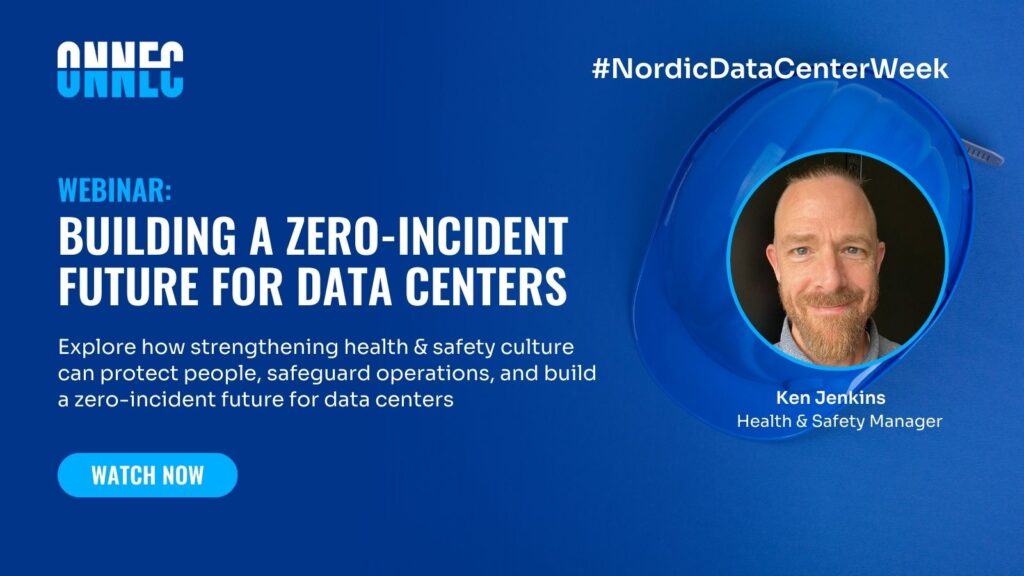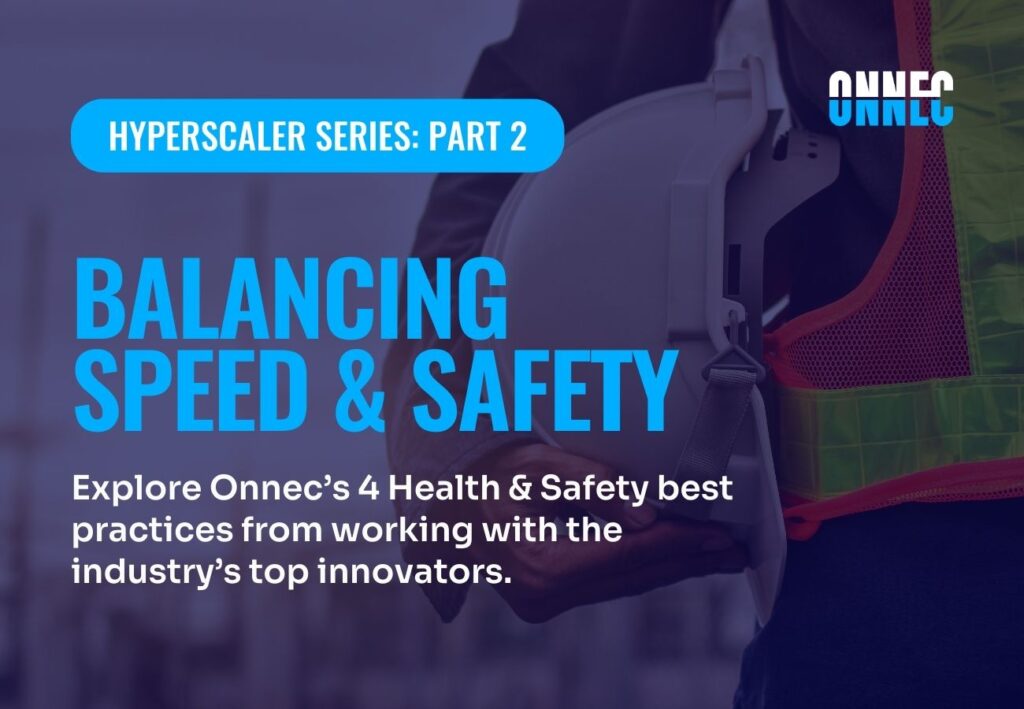
Beyond Compliance: Building a Zero-Incident Future for Data Centers
In the high-stakes world of data center construction and operations, compliance with health and safety standards is often seen as a minimum requirement—a box to tick to satisfy regulations. But the reality is that compliance alone isn’t enough. True resilience and excellence come from embedding a safety culture that moves beyond compliance and aspires to a zero-incident future.
Why Zero-Incident Matters
Every incident avoided is more than just a financial saving—it’s about protecting people, safeguarding reputation, and maintaining business continuity. The visible costs of accidents—medical bills, damaged equipment, claims—are only the tip of the iceberg. Beneath the surface lie the hidden costs: suffering of the victim and their support networks, lost productivity, retraining, overtime, and perhaps most significantly, reputational damage that can erode client trust.
By contrast, organisations that excel at safety not only protect their teams but also gain strategic advantages. Strong safety performance improves morale, builds organisational resilience, and helps attract and retain top talent. In short, prioritising safety isn’t just ethical—it’s smart business.
From Compliance to Culture
Many organisations start with a compliance-driven model, where rules and oversight from supervisors keep safety on track. But to truly evolve, companies must move toward an interdependent culture—where safety is a shared responsibility.
In this model, teams look out not only for themselves but for one another. Safety becomes a value, not just a rule, reinforced through everyday habits, peer accountability, and pride in organizational integrity. This shift—from external enforcement to internal motivation—is where sustainable zero-incident environments are built.
Designing Safety In
Too often, safety considerations are bolted on after designs are finalised. Yet the most effective risk management comes from designing safety into projects from the start. Whether it’s ensuring safe access to overhead cabling, planning multiple evacuation routes, or considering ergonomics in equipment placement, early decisions can eliminate hazards before they ever reach the jobsite.
The hierarchy of controls provides a useful framework:
- Eliminate hazards where possible.
- Substitute for safer alternatives.
- Apply engineering controls to create barriers.
- Reinforce with administrative controls like training and procedures.
- Use PPE only as a last line of defense.
This systematic approach ensures that safety isn’t reactive but proactive—designed into the very DNA of a project.
Continuous Learning and Collaboration
Safety is not a one-time achievement. It requires continuous attention, reporting, and shared learning. Near-miss reporting, for example, is one of the most powerful tools in preventing accidents. When teams capture and share these moments, organisations can identify risks early, launch targeted safety campaigns, and continuously raise the bar.
In fast-paced environments like data centers—where compressed schedules, overlapping contractors, and technical complexity converge—collaboration across all stakeholders is essential. Success comes when everyone, from clients to subcontractors, shares responsibility for keeping people safe.
A Shared Responsibility
Ultimately, health and safety in data centers is not just about regulations or individual actions—it’s about a collective commitment. Building a zero-incident future requires each of us to be conscious, accountable, and invested in protecting one another.
It’s a culture where safety is not imposed but embraced. Where every worker knows their actions matter. And where industry leaders set the tone by prioritising people as much as performance.
To dive deeper into this topic, watch our recent webinar: Beyond Compliance: Building a Zero-Incident Future for Data Centers.



